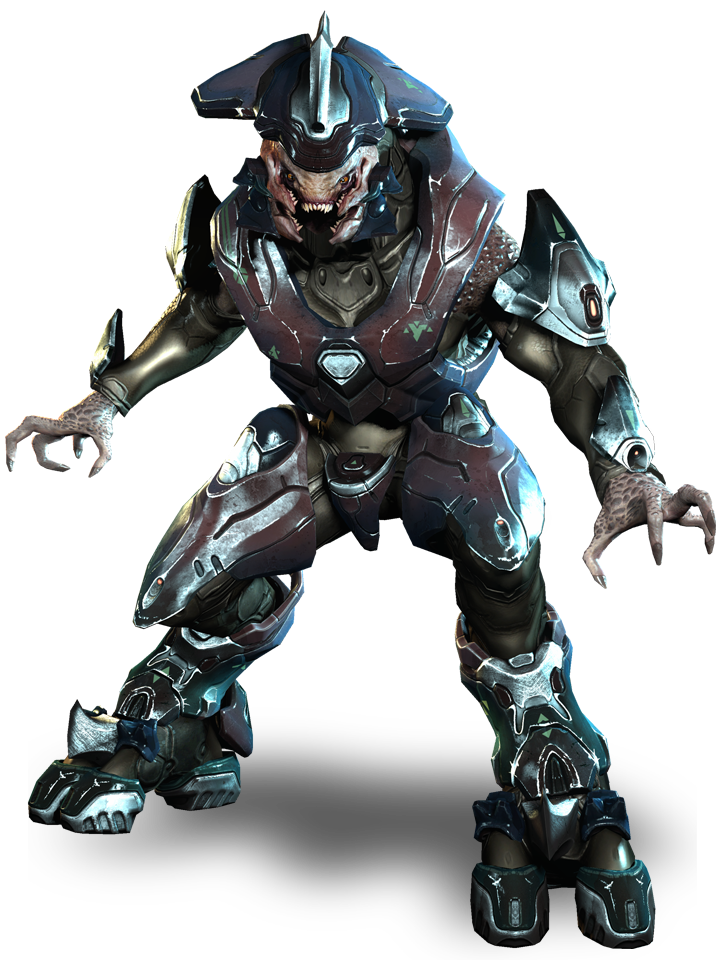
Meanwhile, the Experimentals - the giant metal crabs, the cyborg dinosaurs, the robo-tentacled submarines that you might have spotted in the trailers - no longer require a climate-change-inducing energy investment and an agonisingly long build time. With no caps on mass and energy storage and more autonomous Engineers, resource management and maintenance demands a lot less of your attention. Outside of that Research tree, SupCom 2 is a much more straightforward game than its predecessors. A base with no anti-air defence is a dead base. There's an awful lot to pick and choose from, and to get your head around, but it isn't especially taxing to gain access to the better toys. Unless you stick doggedly to the same plan every time you play, in theory you're going to field a different variation on your army in every match. Most excitingly, you'll get access to more powerful units and structures - including the reliably over-the-top Experimentals. Maybe it's faster building speed.Īs you get further down each tree (though you're never stuck to just one), you unlock increasingly spectacular bonuses, such as mighty shields around puny aircraft, or mechanical legs that allow naval units to roam over land. Maybe it's faster resource collection for your Commander. Maybe it's reduced cost for your air units. Maybe it's improved health for your land units. (Only for the duration of the match, just to clarify - these aren't persistent unlocks). Once you've got, say, five Research points in hand, you can buy an unlock on your tech tree. That concept of trade-offs underpins SupCom 2 throughout. You can increase the speed this is gathered by building labs, but if you're spending your early resources on those you're reducing the number of initial units and defences you can pump out and thus may be vulnerable to a rush. Instead of a straight, traditional tech-up, you generate Research as you play, as a third resource alongside the returning Mass and Energy.

What makes it different is a thoroughly reworked tech tree. Rest assured, though, that while it's nowhere near as exacting as (and this is the last time I'll make the comparison) StarCraft II, victory does require a keen strategy brain.

The rules of engagement are a little faster and looser, a little more about entertaining yourself instead of purely honing your skill. Now, it's about creating an army and a strategy of your choosing, and seeing how it fares against a similarly custom-tailored force. The shape of the game has changed at a fundamental level - it's no longer quite as reliant on creating these seething hordes of tiny geometric robots and hurling them at the enemy from the right direction whilst simultaneously micro-managing a complicated economy. Perhaps hardware restrictions have had some effect, but in practice you'll see it isn't a 'just because' thing. The cry that's gone up from some aggrieved corners of the SupCom community is that this must be because it's been dumbed down (a phrase that the world could only be a happier place without) for the impending 360 version. Where SupCom 2 differs from its predecessor is that the scale has been shrunk somewhat, predominantly in terms of the map sizes and consequently the time a match or mission takes.

That's the key difference between this and the more intimate, exacting environment of the StarCraft or Command & Conquer model of RTS. Its strategy lies in its scale, moving formations of several dozen or even hundred units around at once, rather than micro-managing the precise actions of individual units. Supreme Commander 2 can yield great rewards for minimal investment.īroadly, it's very similar to the first SupCom and its standalone expansion - three sci-fi factions pitting delightfully vast legions of tanks, planes and boats at each other. It might be less of a talking point, but chuck some food in a bowl a couple of times a day and that's about all it needs to show you love. StarCraft is like some rare breed of exquisite tropical fish which requires constant care and attention else it'll perish, while SupCom 2's more like an average moggy. Given that Supreme Commander 2 and StarCraft II are entirely different strategy animals, it tears the brain asunder. Intensively playing two real-time strategy games with the initials SC2 in the same week is bad enough.


 0 kommentar(er)
0 kommentar(er)
